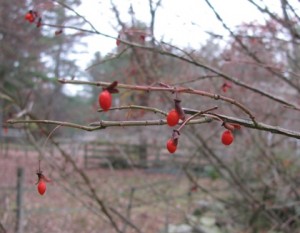Similar to its guide for Southern forests, the USDA Forest Service has published a guide to invasive plants in Pacific Coast forests. Download it at http://www.fs.fed.us/pnw/pubs/pnw_gtr817.pdf or order a copy from http://www.fs.fed.us/pnw/publications/gtrs.shtml
Gray, A. N., K. Barndt and S. H. Reichard. 2011. Nonnative invasive plants of Pacific coast forests: a field guide for identification. Gen. Tech. Rep. PNW-GTR-817. Portland, OR. USDA Forest Service, Pacific Northwest Research Station. 91 p.


